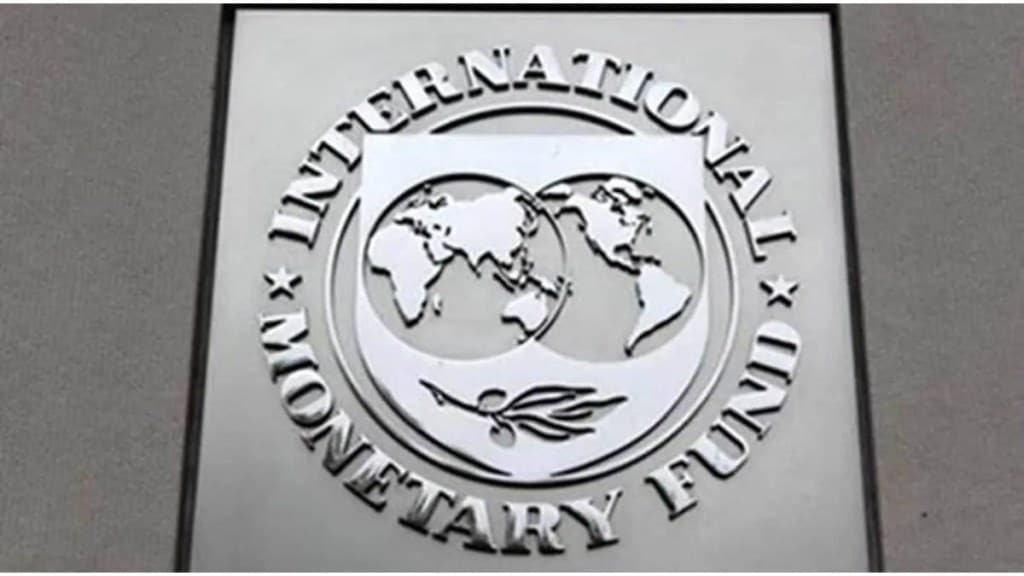The Union Budget for 2023-24 is being crafted in a difficult international context as adverse global headwinds threaten the India growth story. The International Monetary Fund, besides several other agencies, has already downgraded the overall pace of expansion of the nation’s output of goods and services or GDP to 6.8% for this financial year. Achieving such a growth rate is admittedly not easy, given the sharp slowdown in the biggest global economies. “We expect one-third of the world economy to be in recession”, Kristalina Georgieva, the MD of the IMF said, adding that 2023 will be much tougher than last year. These grim tidings come against the backdrop of the US, European Union, and China slowing down simultaneously; as a result, global growth is pegged at 2.7% in 2023. Last October, the Fund had warned there was a 25% probability that it would expand even less than 2%, which it defines as a global recession. With global trade also set to grow by 1% in volume terms, all of this is bound to impact India’s growth engine of exports as these biggest economies are important destinations for its goods and services. Private consumption is recovering from pre-Covid levels but private investments are still subdued. These factors together with the limited fiscal space to step up government spending , would moderate India’s economic performance this fiscal and in FY24.
Global uncertainties, however, do not faze the economic advisors to the government who feel relatively more confident of the growth story in FY 24 and over the medium-term. The chairman of the economic advisory council to the Prime Minister, Bibek Debroy, told Business Standard it was possible the economy would grow at at 6.5% in FY 24, from 6.8-7% this fiscal. A major reason is that the ruling NDA regime since 2014 has put in place supply-side reforms which lead to an impact over time. There is also no instability in policy which gives consumers+ confidence to spend. There are also signs that private investments in some sectors are picking up. If demand is picking up, the rest of the investment will also happen. Then there are flagship initiatives like the various production-linked incentive schemes which make India a part of global supply chains and help increase exports over the near-term.
All eyes will naturally be on the forthcoming Budget as to the measures it will announce to support India’s overall growth at a time the IMF is deeply pessimistic about global prospects. These include incentives to kick-starting a spiral of private investment-led growth. This, in turn, will create more employment and support a more broad-based recovery in consumption than the current K-shaped uptick in discretionary spending. To support the export drive, the government must sign free trade agreements with the biggest economies. There is also the need for structural reforms to free up the land and labour markets and improve the business environment on the ground, especially in the various states. The initiation of such big-ticket reforms have a bearing on the government’s intent to attract foreign investments that are shifting out of China; to spend as much as $1.4 trillion on infrastructure, through public-private partnerships, in the next five years to become a $5 trillion economy. It is only when these investments materialise that India will hit a robust trajectory of 6.5-7% despite the currently unfavourable external conditions.

